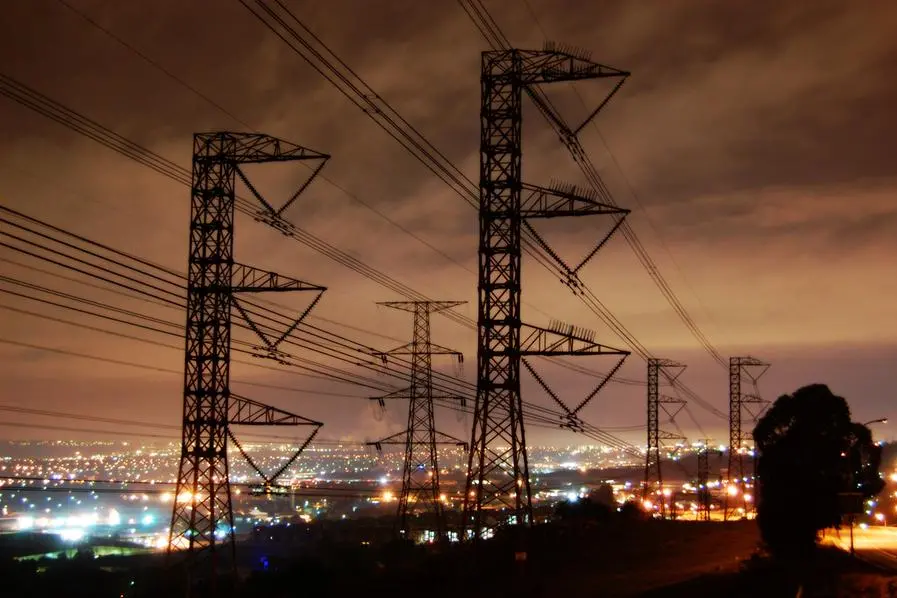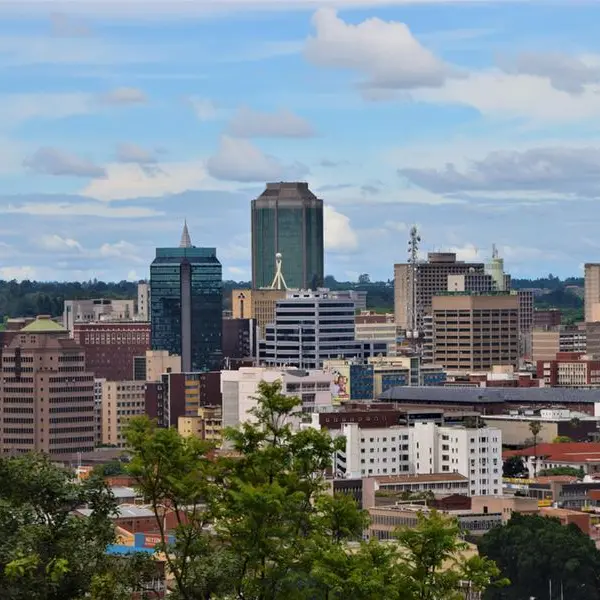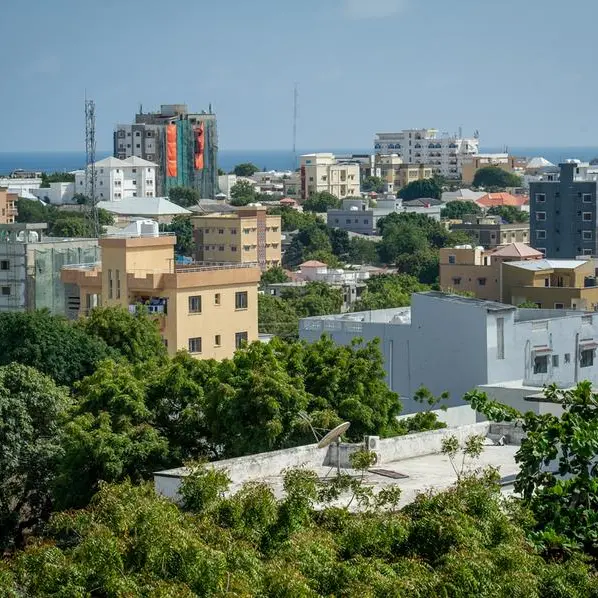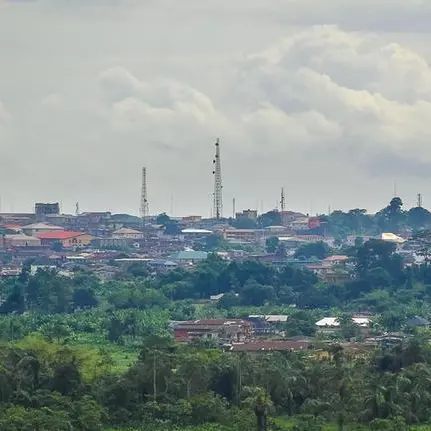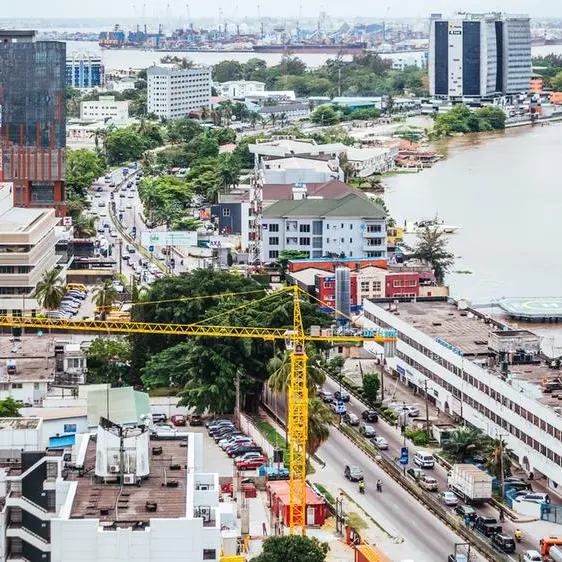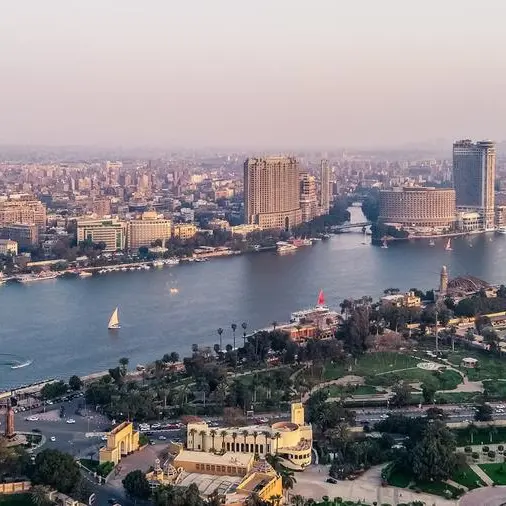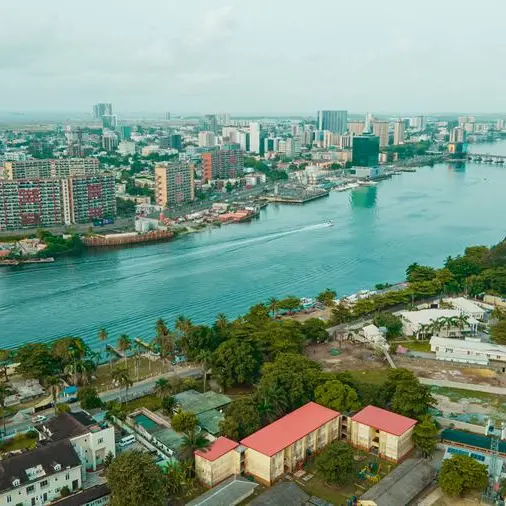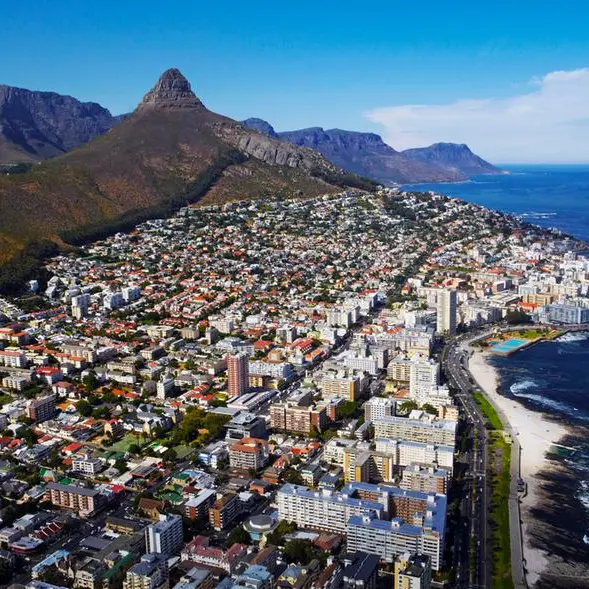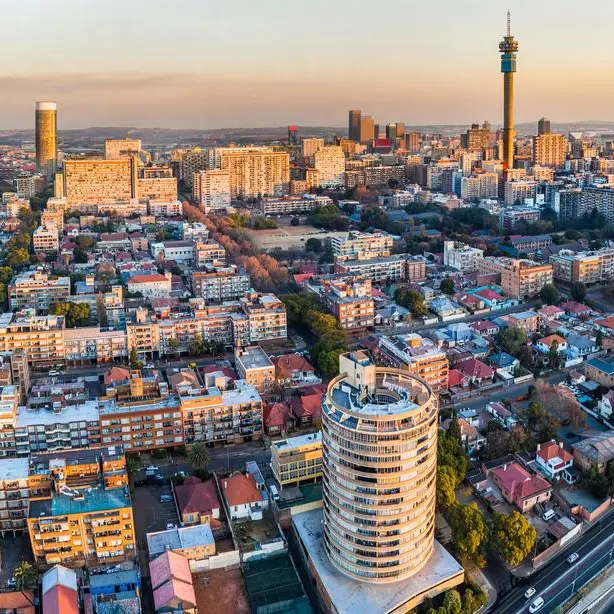PHOTO
Eighteen months after launching the Energy Action Plan (EAP) to address the nation's crippling energy crisis, the South African government reported significant progress in improving power generation and reducing reliance on state-owned Eskom.
President Cyril Ramaphosa's initiative is overseen by the National Energy Crisis Committee led by Minister Kgosientsho Ramokgopa who touted the return of key units at Kusile Power Station, a surge in rooftop solar installations to over 5,000MW, and new rounds of bidding for over 7,600MW of independent power generation during a recent media briefing.
Eskom has also begun importing up to 1,000MW from neighbours, while grid constraints in the Cape have been eased by unlocking an additional 3,400MW.
Obstacles remain
Analysts caution substantial hurdles remain. Eskom's operational woes still need sustained attention, and the pace of new generation – especially private sector projects – needs to accelerate.
The government is also working to mitigate the impact of electricity market restructuring on struggling municipalities that rely on electricity sales.
The EAP focuses on fixing existing Eskom power stations, securing private investment in new generation, accelerating rooftop solar adoption, and overhauling the electricity sector for long-term stability.
Ramokgopa used the opportunity to highlight a reduction in scheduled power outages as winter approaches but warned that challenges remain. Sustained operational improvements at Eskom are crucial.
He emphasised the need to accelerate the pace of new generation projects, especially with private sector investments. Long-term transformation of the electricity sector remains vital.
Market reforms
South Africa is undergoing significant electricity market reform. Key changes aim to break Eskom's monopoly by establishing a number of initiatives:
Open Market: Electricity will now be generated and sold on the open market, with tariffs determined by supply and demand factors.
One-stop shop: The department has established a one-stop shop for generation capacity, catering to entities with excess generation capacity to renewables.
Electricity Regulation Act (ERA) overhaul: The ERA is undergoing Parliamentary approvals. The overhaul will enable sweeping changes that remove all red tape from approval processes.
Market platform: The establishment of a market platform will allow multiple participants to trade in electricity, giving consumers will more choice on who supplies their power.
These measures aim to encourage investment and lower tariff prices. However, the government is working to balance increased competition with the need to protect municipal finances.
South Africa's energy woes aren't over, but progress under the EAP is evident. The country's energy future depends on continued improvement within Eskom, rapid deployment of new generation capacity, and careful navigation of broader market reforms.
All rights reserved. © 2022. Bizcommunity.com Provided by SyndiGate Media Inc. (Syndigate.info).
Lindsey Schutters
